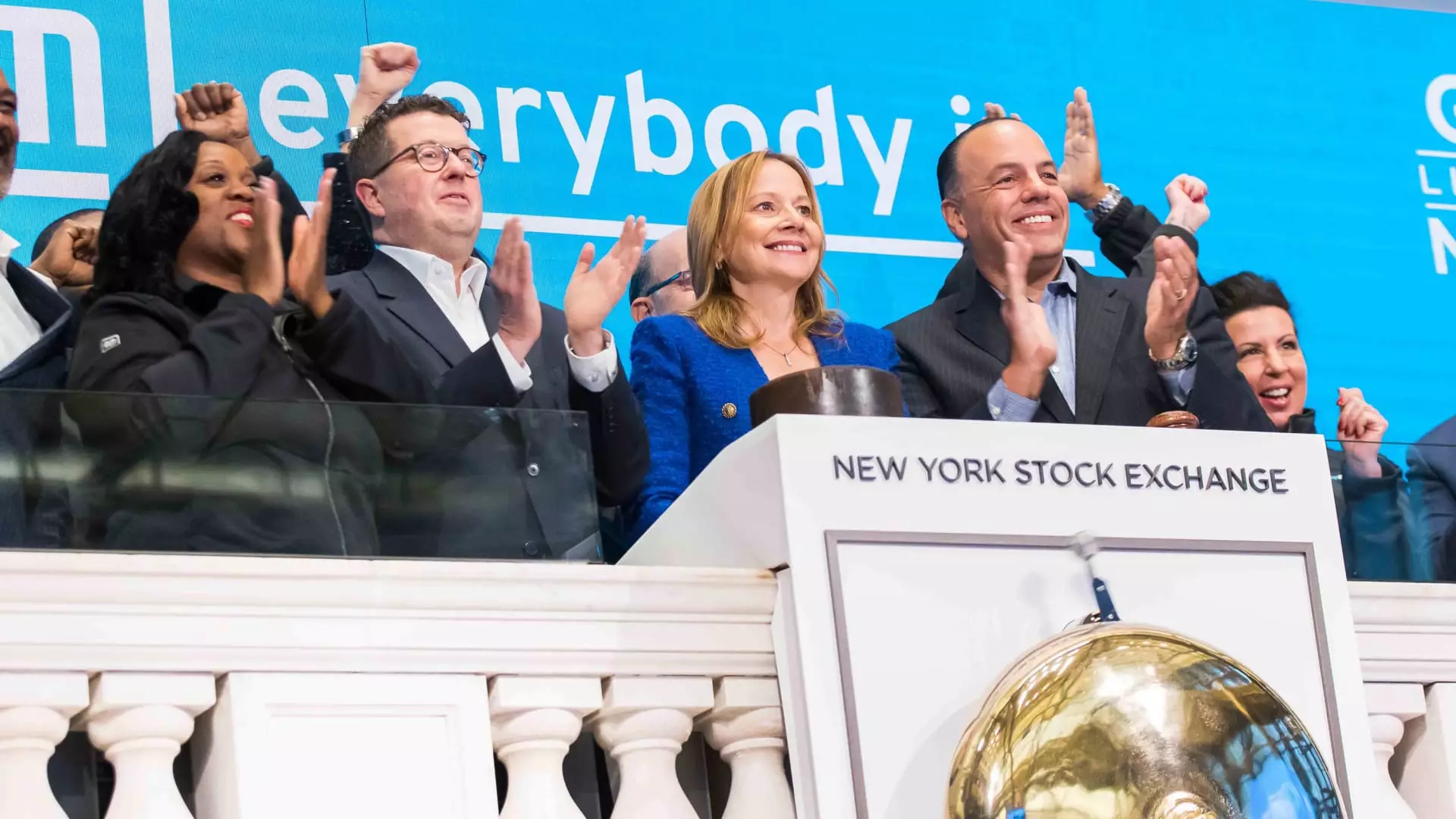In a bold move to bolster investor confidence in a fluctuating market, General Motors (GM) has recently announced a significant increase to its quarterly dividend and the launch of a $6 billion share repurchase program. This decision comes at a time when the automotive industry faces formidable challenges—including declining sales and shifting economic conditions. As GM enhances its dividend by 25%, bringing it to 15 cents per share, it aligns itself more closely with its competitor, Ford Motor Company. This strategic adjustment is expected to resonate well with investors, particularly as GM continues its trajectory toward sustainable growth while navigating the complexities of the automotive landscape.
The newly proposed $6 billion repurchase plan is set to engage investors further, with an anticipated completion of $2 billion in buybacks expected in the second quarter. GM’s Chief Executive Officer, Mary Barra, highlighted the company’s robust execution across its capital allocation strategy. This framework focuses on three key priorities: reinvesting in profitable growth, sustaining a strong investment-grade balance sheet, and returning value to shareholders. GM’s commitment to returning capital to investors has not only been a talking point but also a tangible action reflected in its significant share buyback programs. Earlier this year alone, GM has initiated $16 billion in stock repurchases, which has successfully reduced its outstanding shares by over a billion.
Despite GM’s proactive maneuvers—like reported strong quarterly performance and earnings that consistently surpass Wall Street’s expectations—the company’s stock has seen a decline of more than 12% in value so far this year. This paradox of strong operational results juxtaposed with tumbling share prices raises questions about market sentiment towards GM. Analysts have pointed to a multitude of factors influencing this scenario, including stagnating industry sales, uncertainty regarding regulatory tariffs, and a perceived lack of growth prospects. Such a confluence of pressures calls into question the long-term viability of GM’s growth narrative in the current economic climate.
Interestingly, GM anticipates that the outcome of its accelerated share repurchase program will hinge on the average daily volume-weighted price of its shares throughout the program’s duration. Managed by major financial institutions like JPMorgan and Barclays, this initiative underscores the company’s commitment to tactical financial management. Additionally, the firm retains an impressive $4.3 billion in available capital for future opportunistic repurchases—illustrating GM’s confidence in its strategies, even amid current market volatility. The combination of financial discipline and agility reflects a broader commitment to sustainable business practices outlined by GM’s CFO, Paul Jacobson.
In terms of future projections, GM’s guidance for 2025 anticipates a net income attributable to stockholders ranging between $11.2 billion and $12.5 billion—a forecast that translates to an earnings-per-share (EPS) range of $11 to $12. The company also predicts adjusted earnings before interest and taxes (EBIT) between $13.7 billion and $15.7 billion, alongside an expected automotive free cash flow of $11 billion to $13 billion. These metrics suggest that GM remains focused on fostering growth and resilience as challenges continue to shape the automotive industry’s future.
General Motors’ strategic initiatives illustrate a proactive approach to investor relations during a time of internal and external pressures. By increasing dividends and implementing substantial share repurchase plans, GM not only sends a strong message about its current confidence in financial stability but also paves the way for potential growth despite industry turbulence. Nevertheless, the compression in stock value juxtaposed with solid quarterly performance signifies underlying tensions within the market. GM’s challenge remains to convert investor skepticism into sustained confidence, ensuring that the company can not only weather the current storm but also navigate future landscapes successfully.

